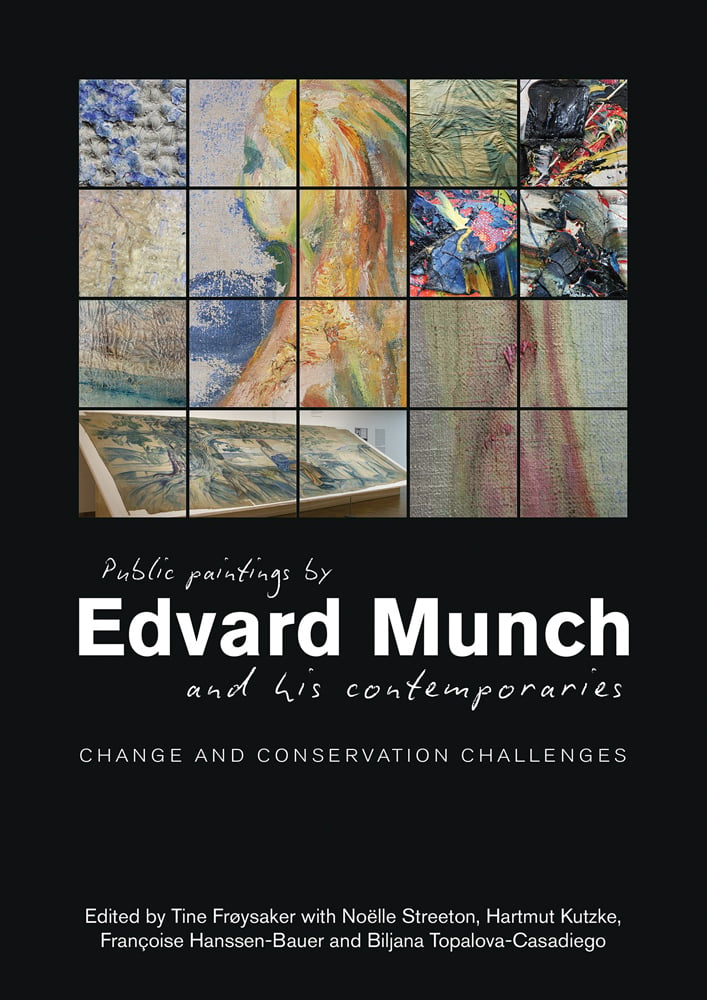
Public Paintings of Edvard Munch and his Contemporaries
Changes. Conservation. Challenges.
Log in to add this to your wishlist.
Share This Book...
- Topics include: Munch’s works in major Norwegian collections; the artist’s’ commission for the University of Oslo Aula and some aging phenomena evident in these artwork
Full Description
This publication contains papers from the 2013 conference Public Paintings by Edvard Munch and his Contemporaries: Change, Conservation, Challenges. The conference theme drew more than 100 European and American paintings conservators, cultural heritage scientists, collection specialists, art historians and students as well as an archaeologist and an artist. Together they discussed how and why the appearances of these paintings have changed and addressed preservation challenges.
Specifications
- Publisher
- Archetype Publications
- ISBN
- 9781909492387
- Published
- 23rd Dec 2015
- Binding
- Paperback / softback
- Territory
- USA & Canada
- Size
- 8.28 in x 11.55 in
- Pages
- 180 Pages
Our Catalogs
View Catalogs
Browse Our Books
Browse
Recently Viewed
Please log-in or create an account to see your recent items.